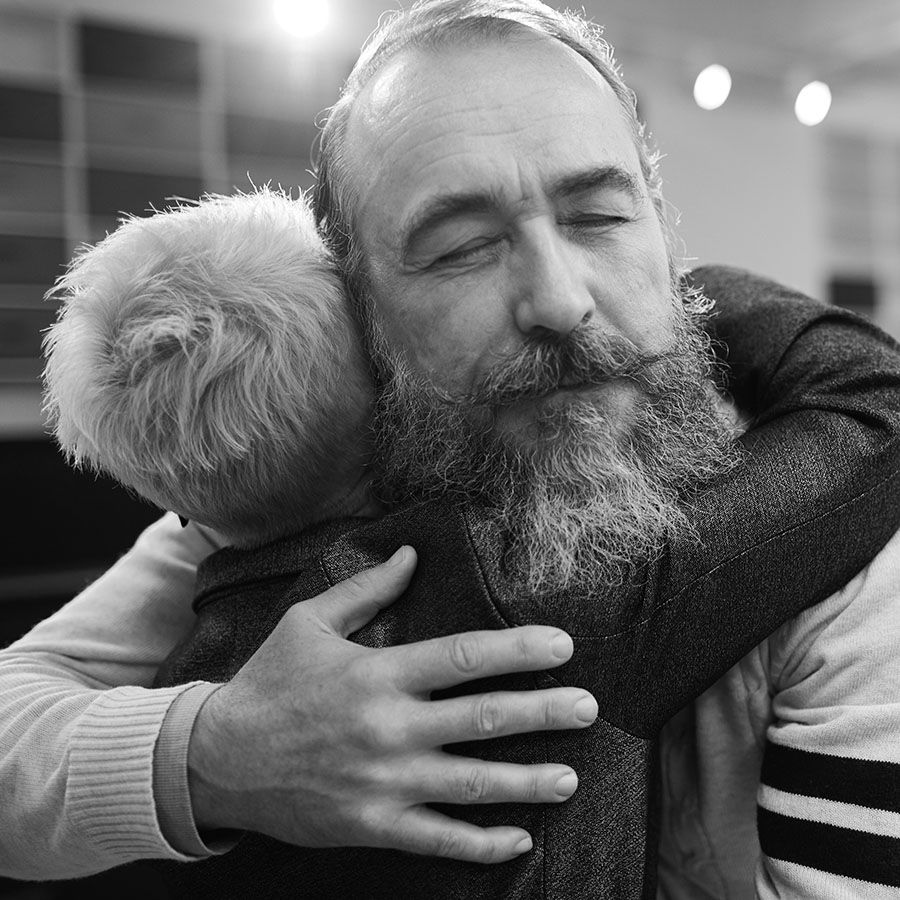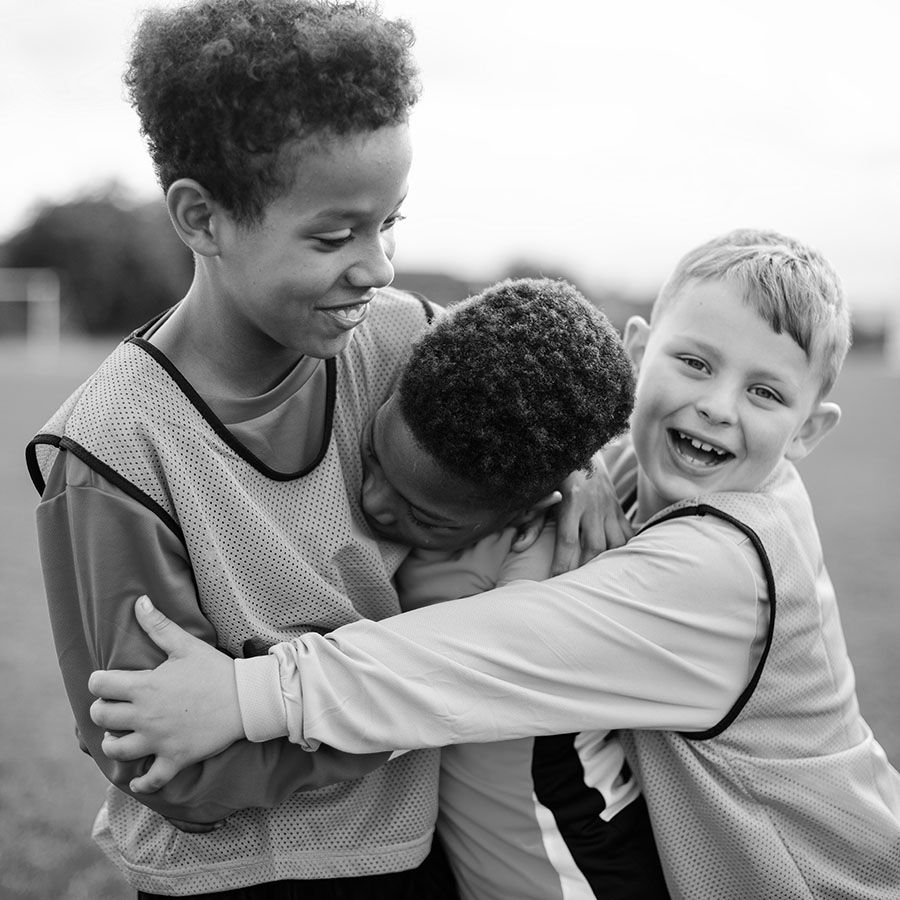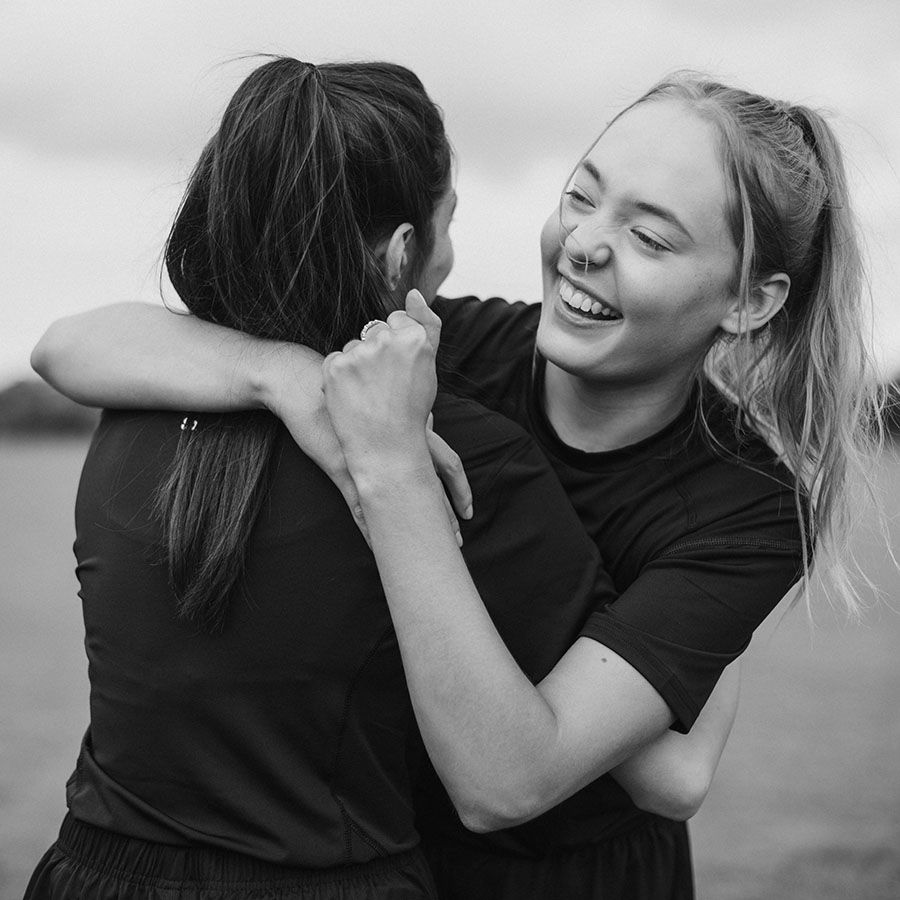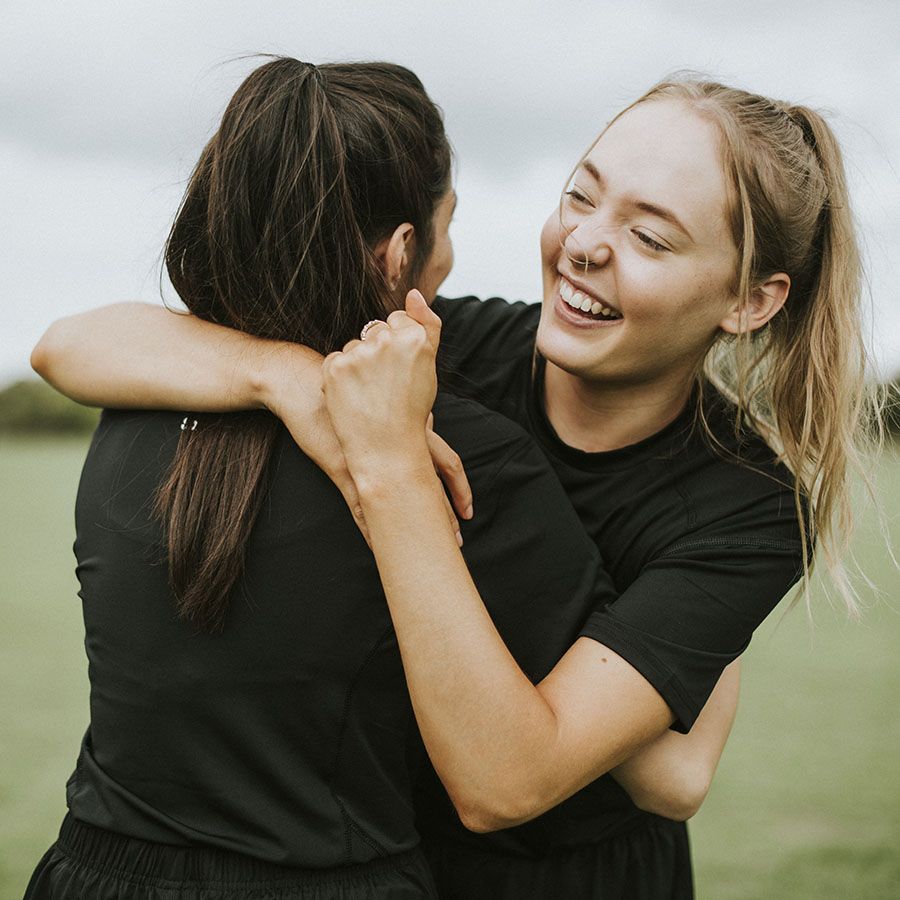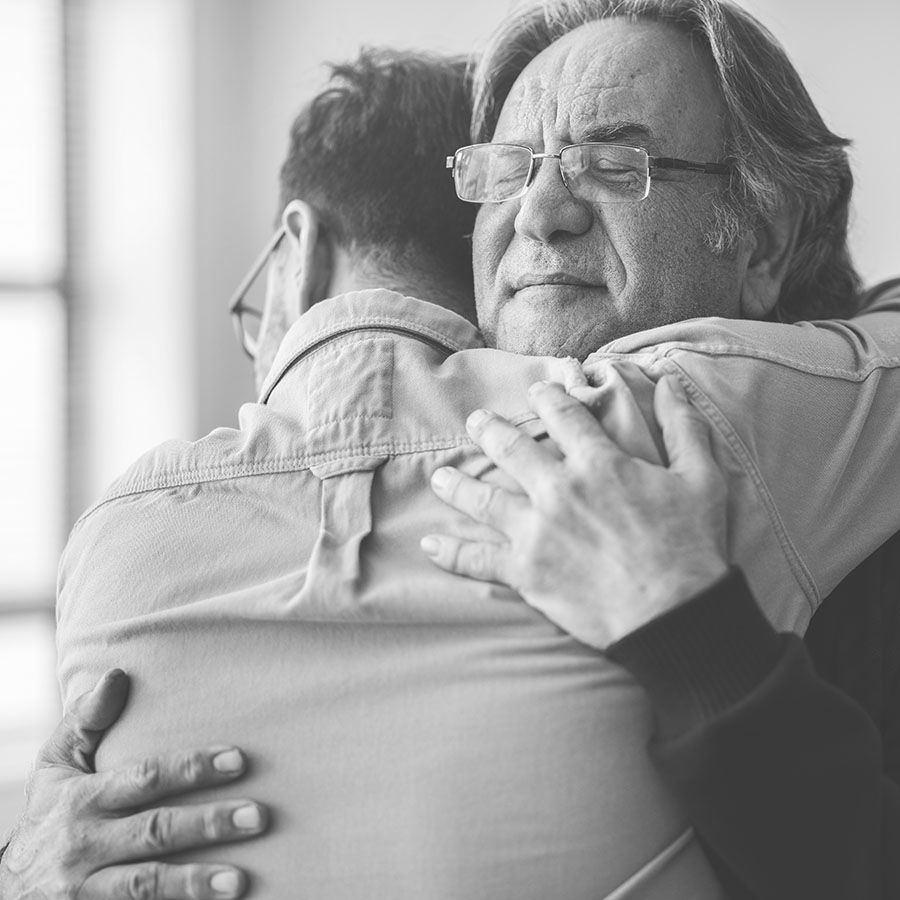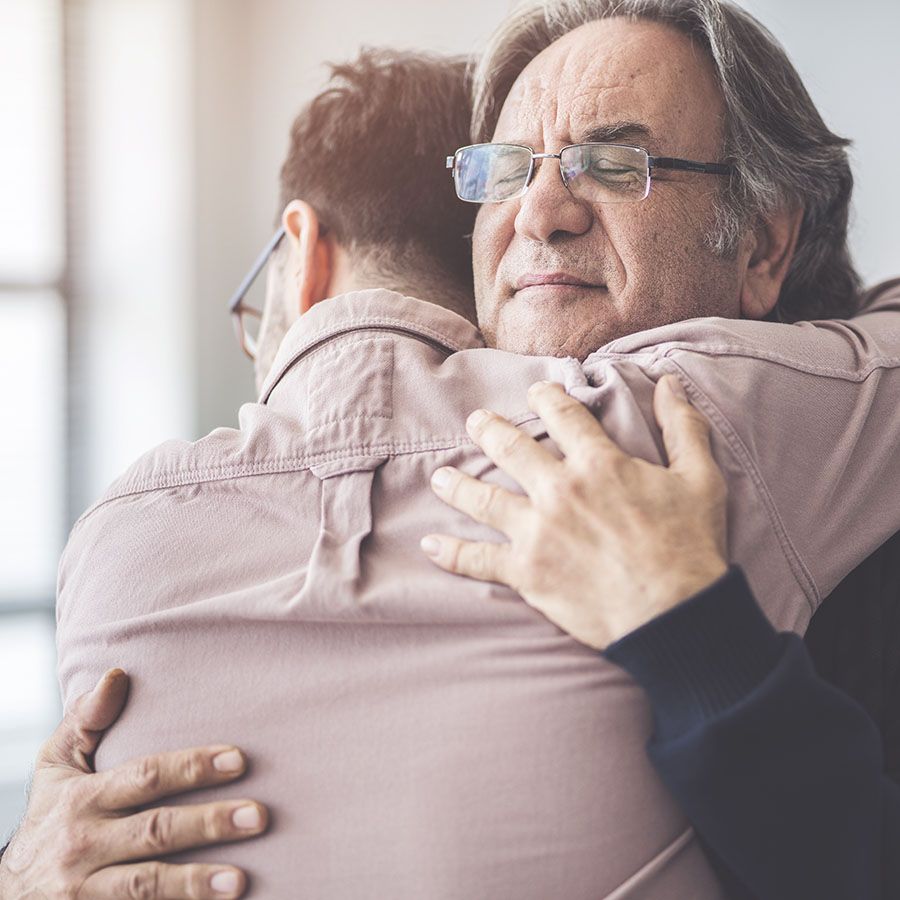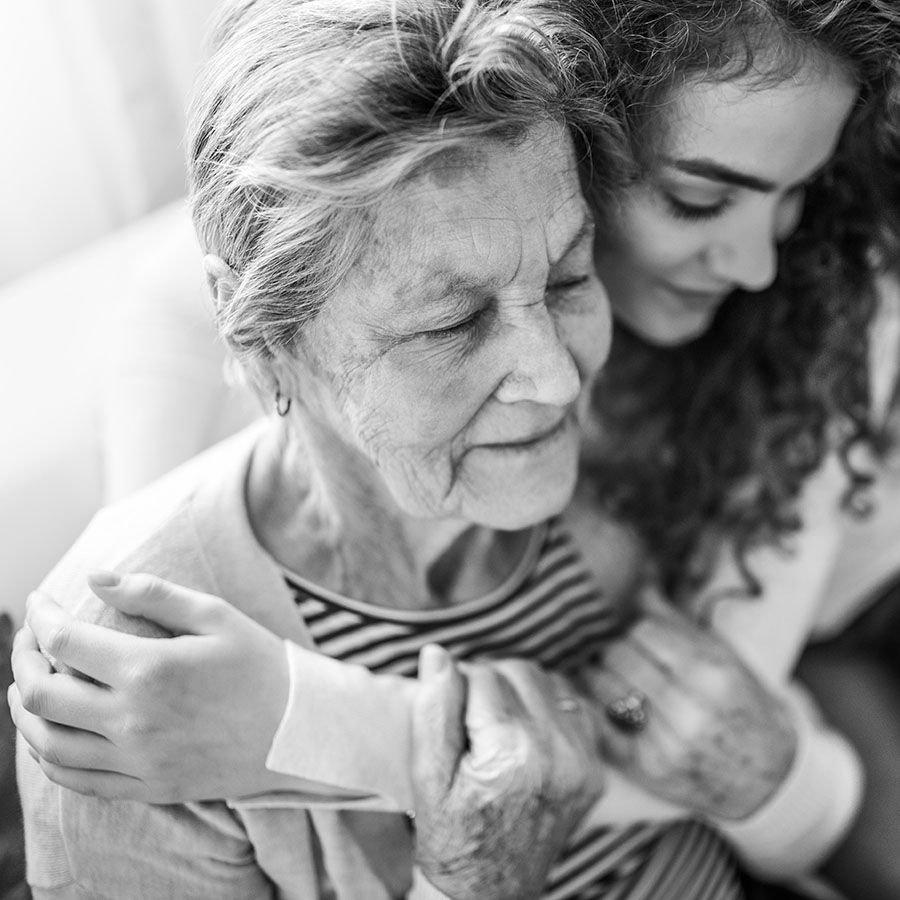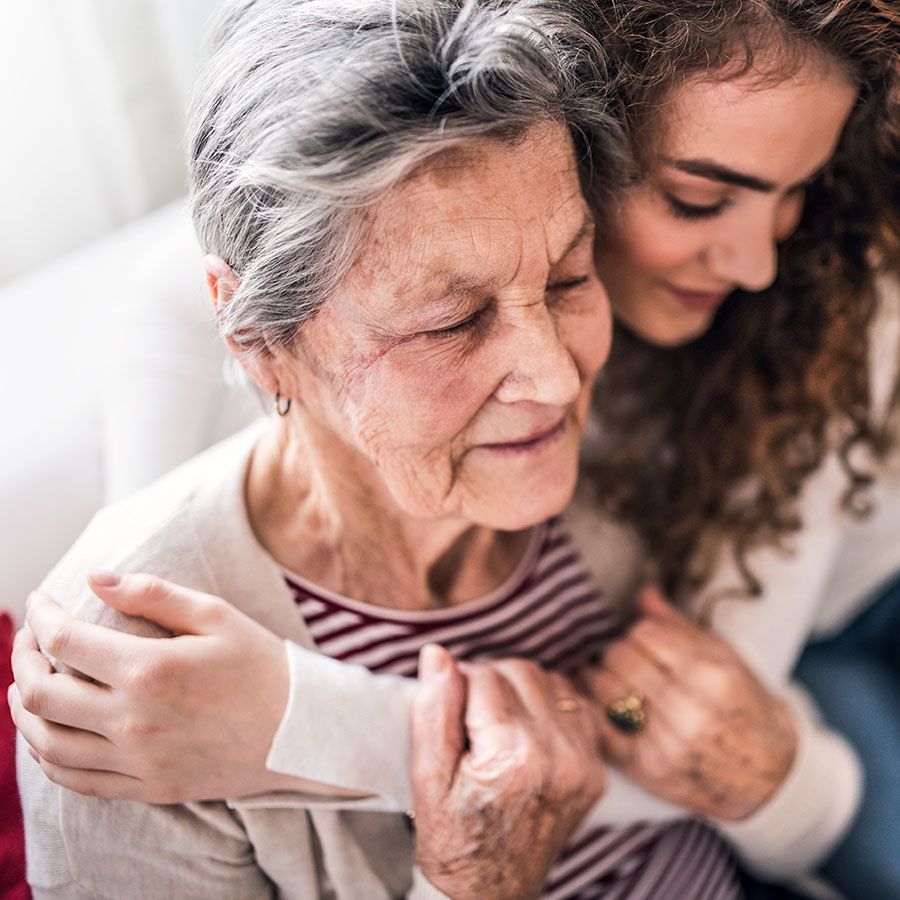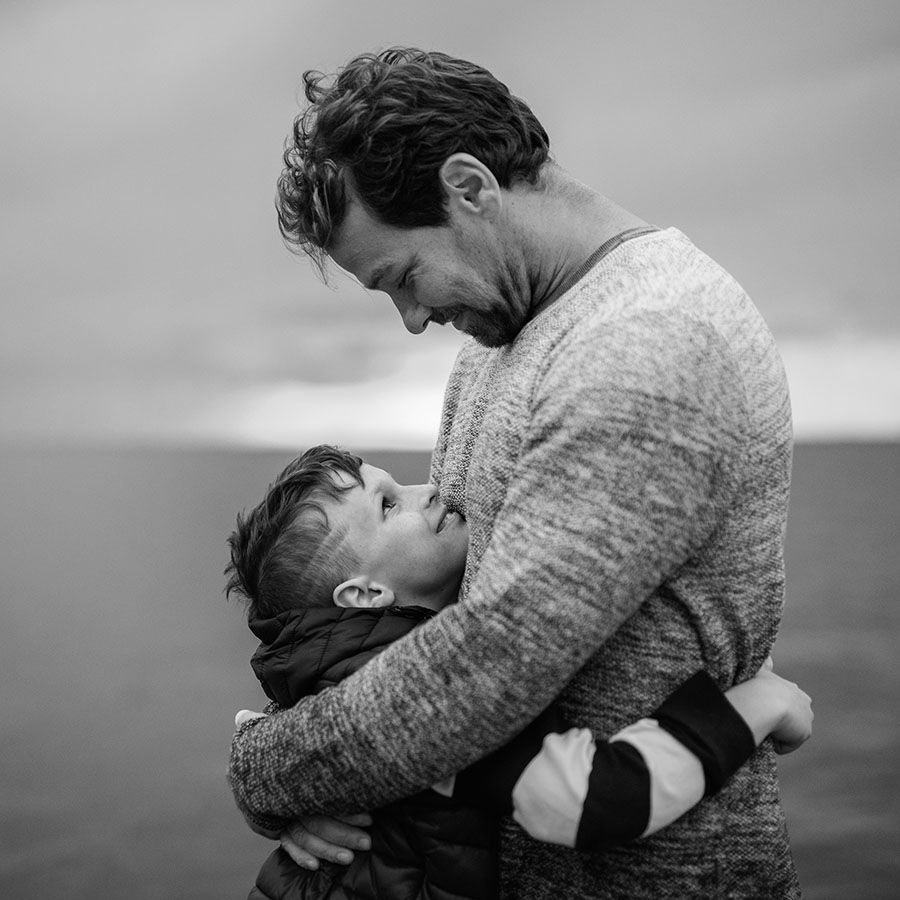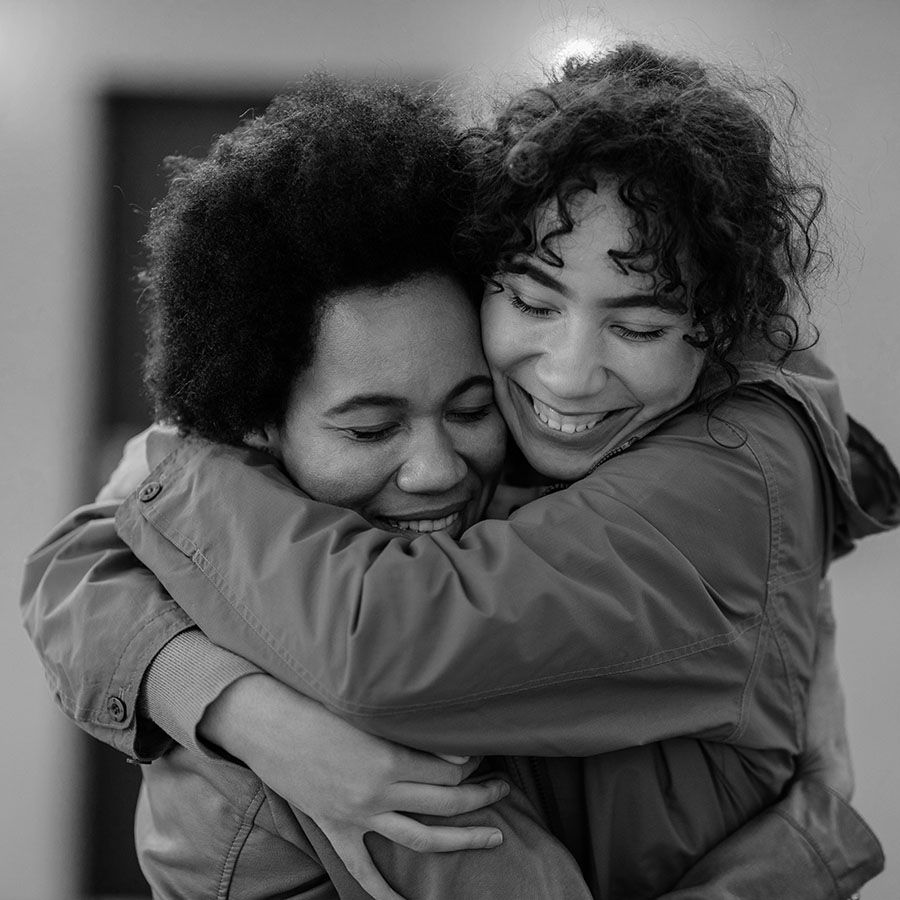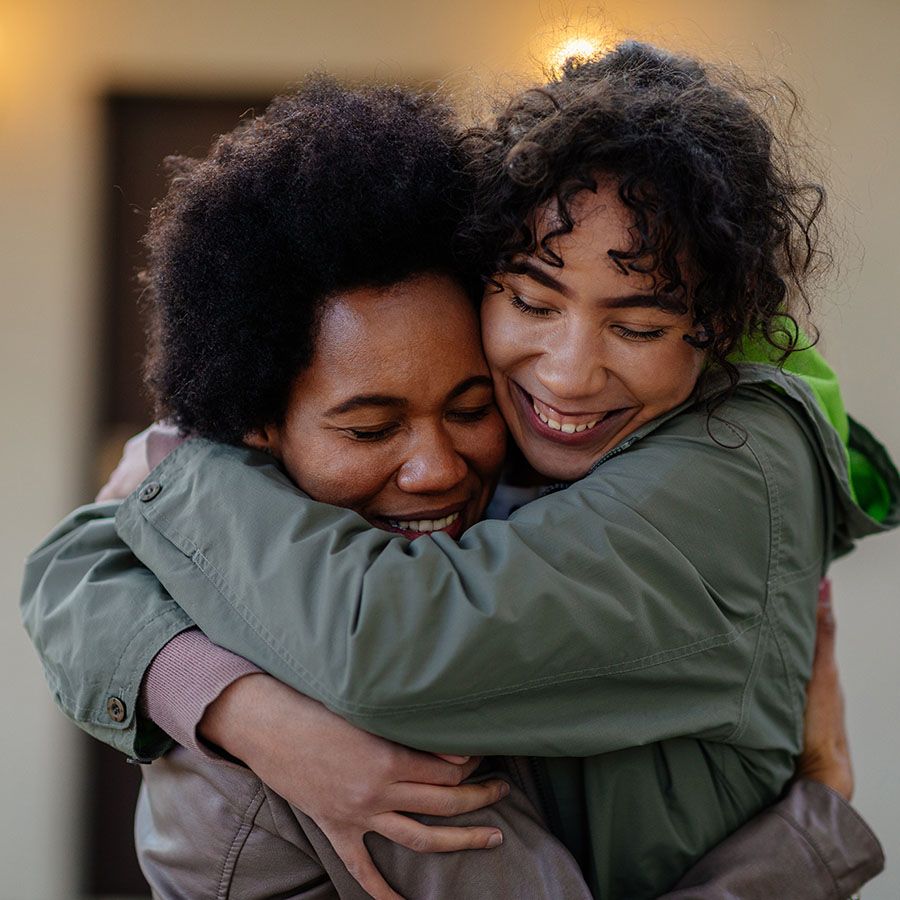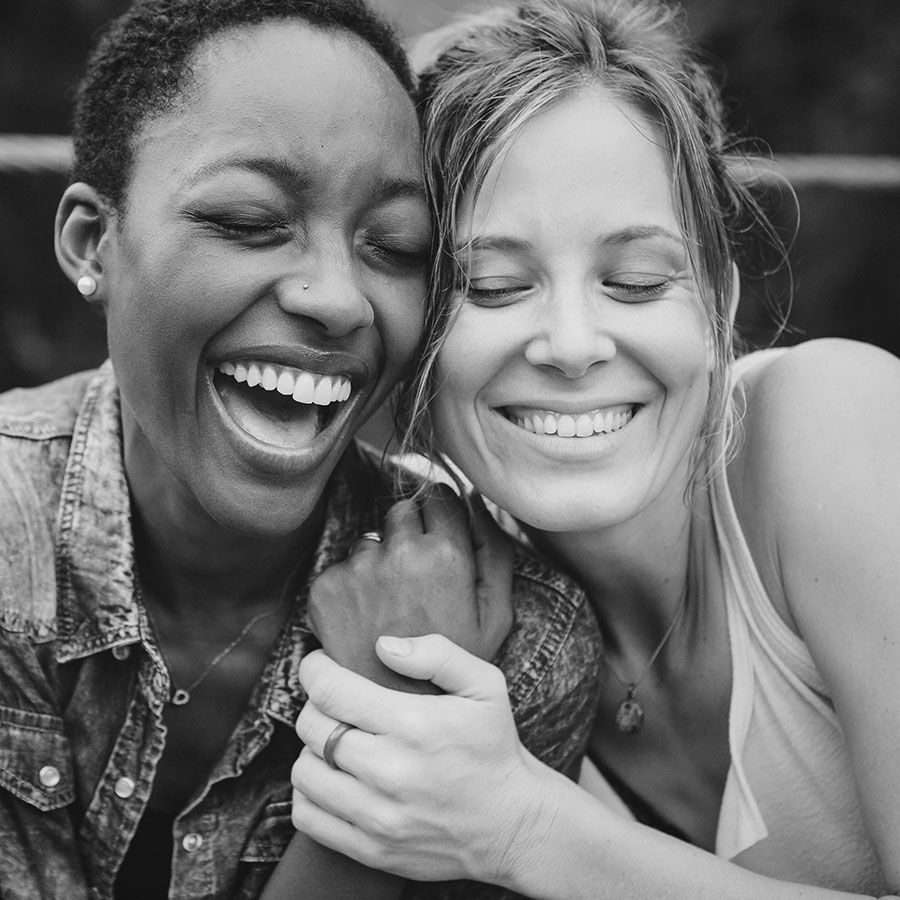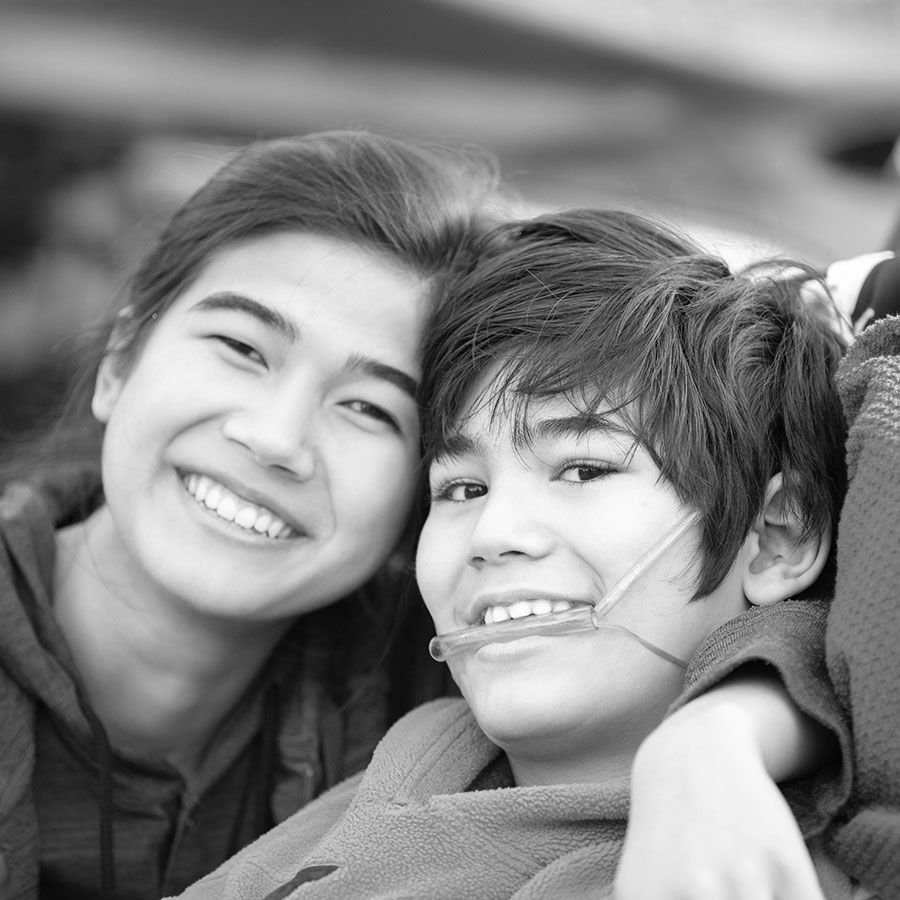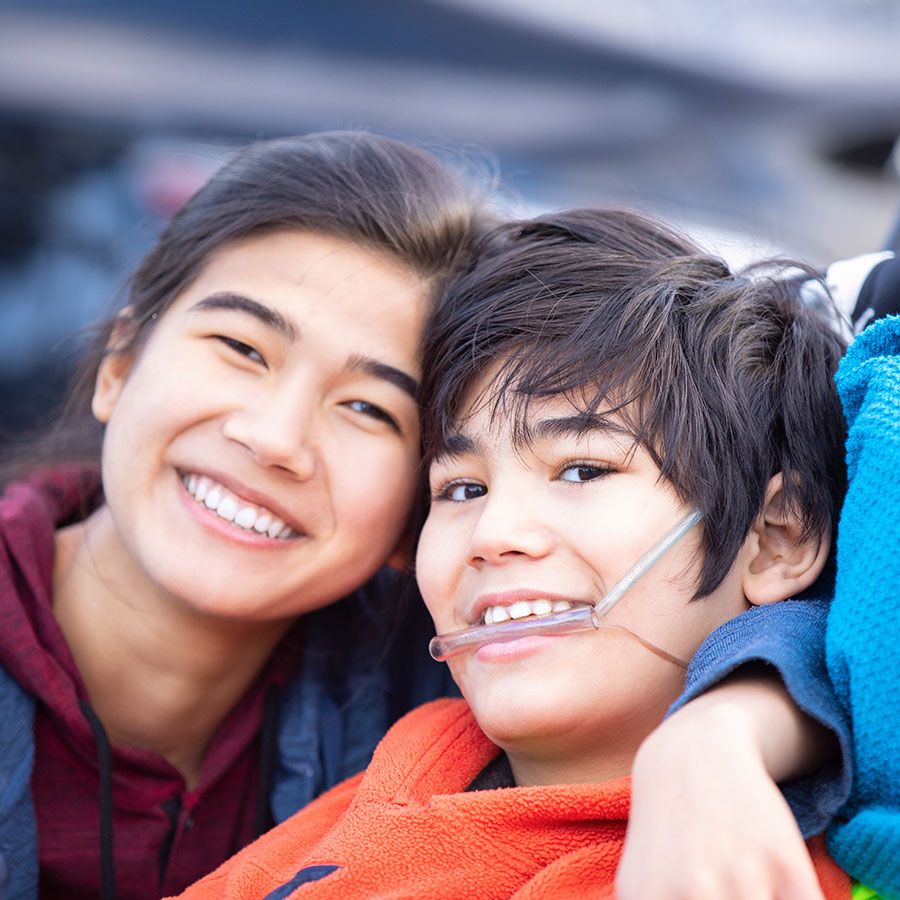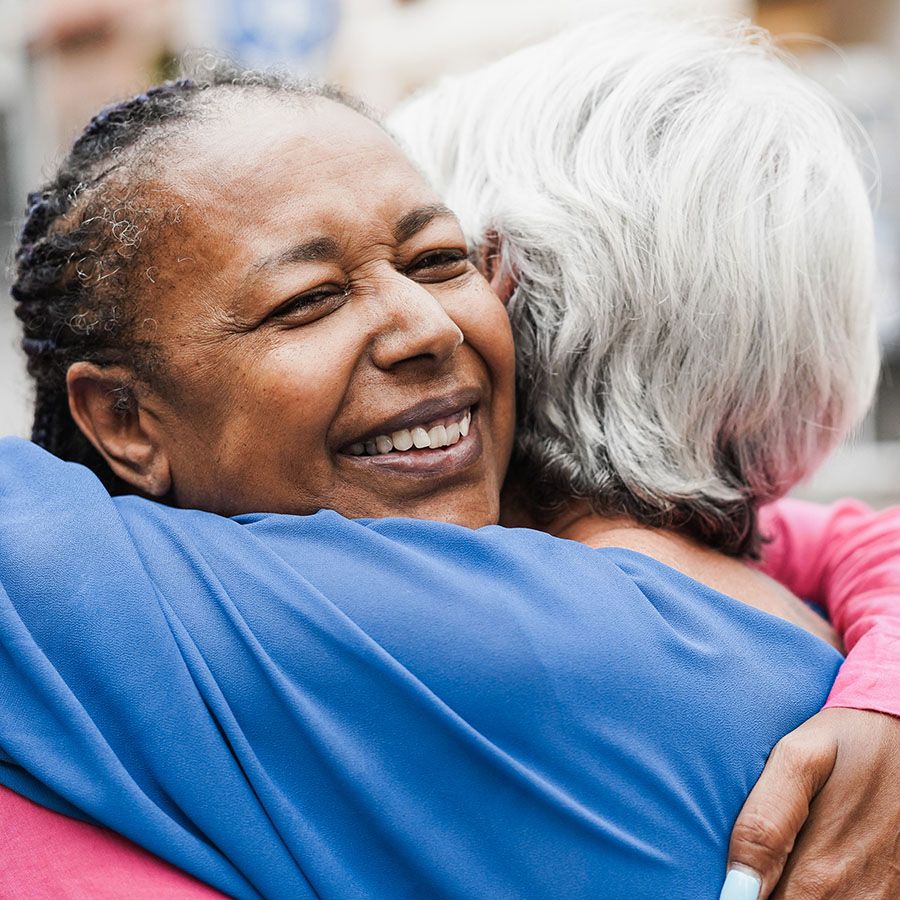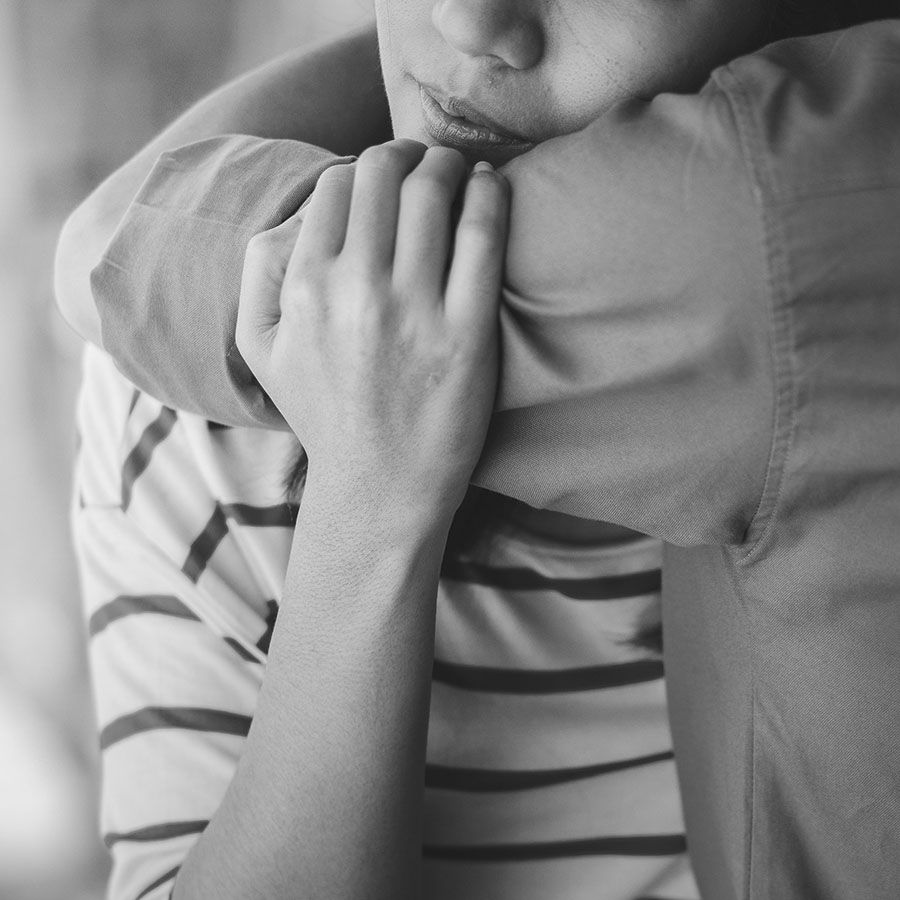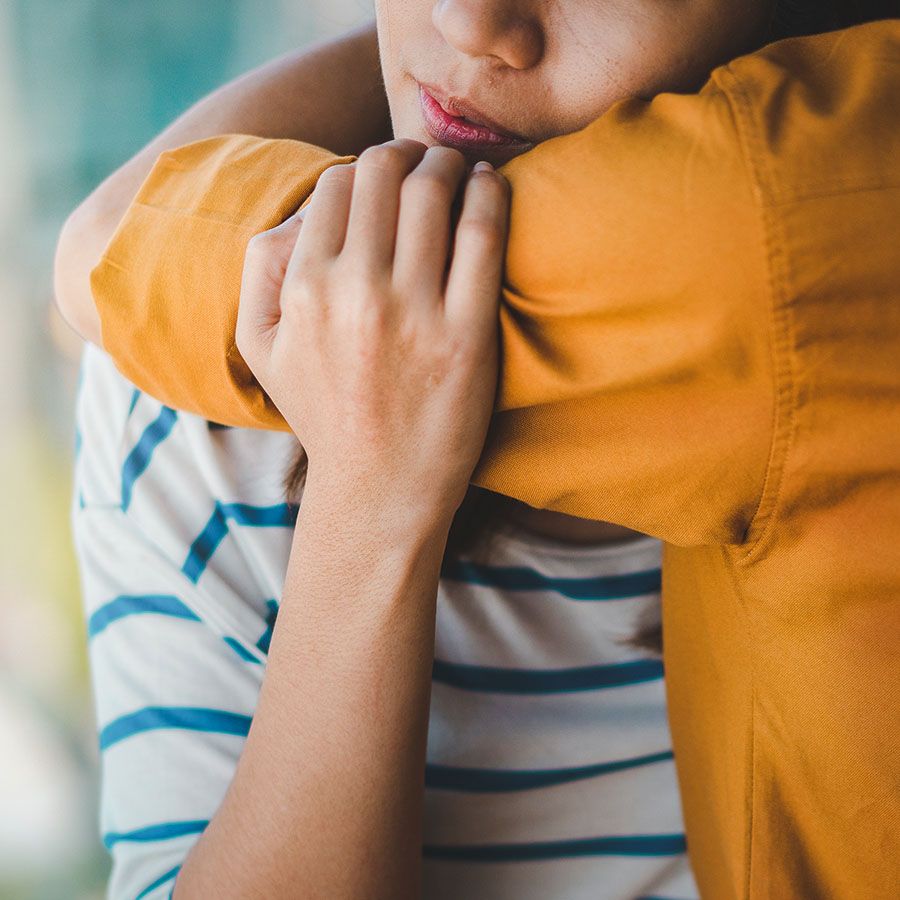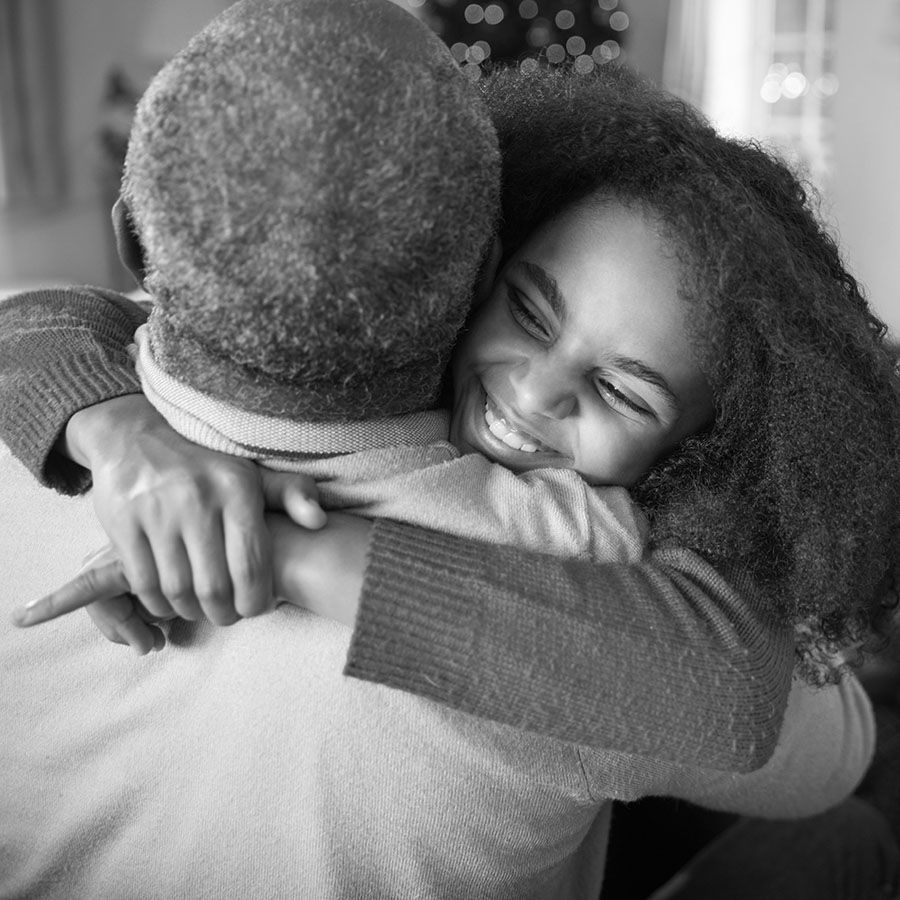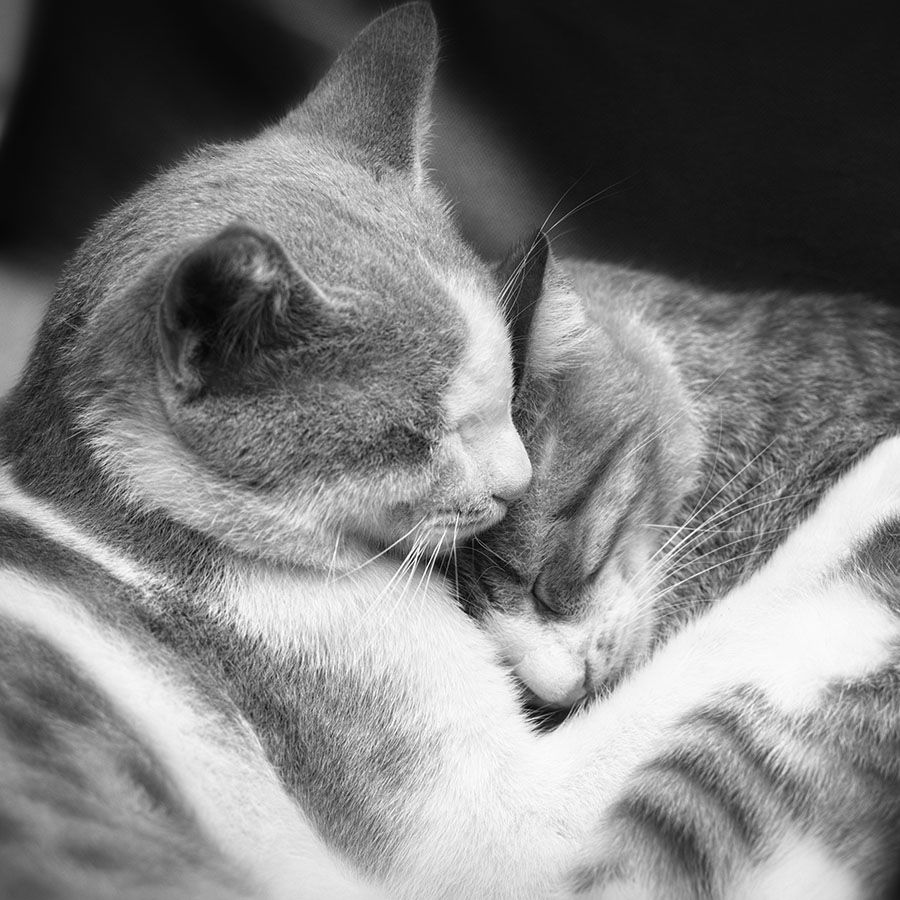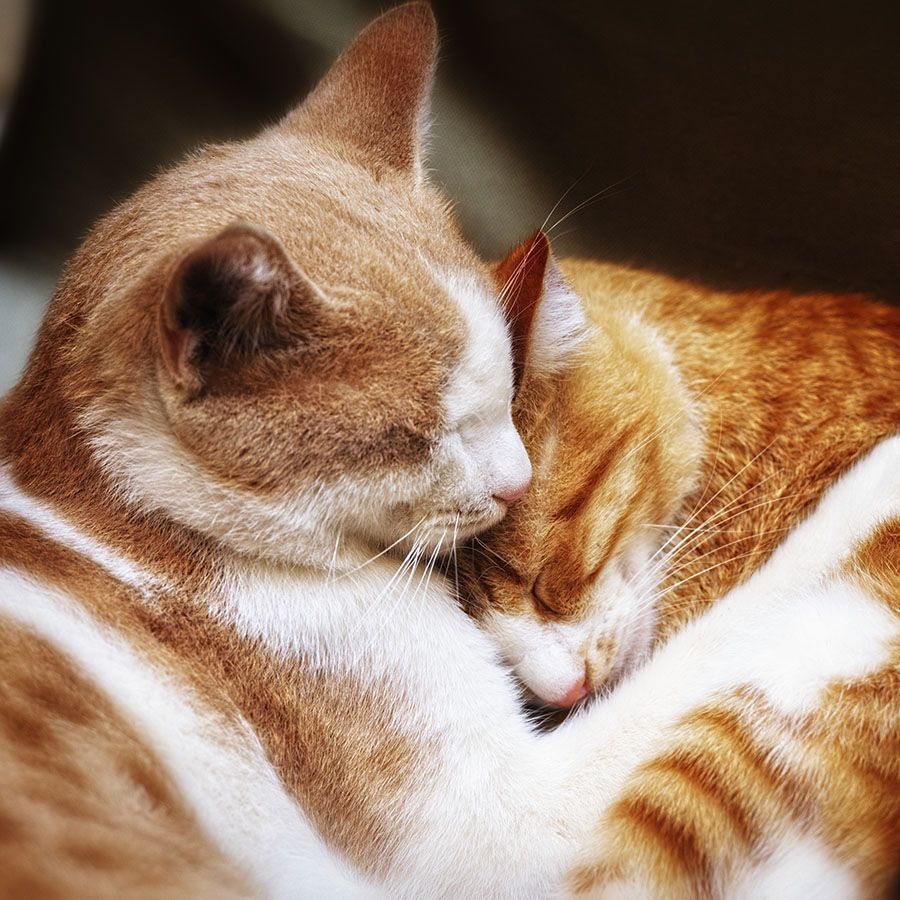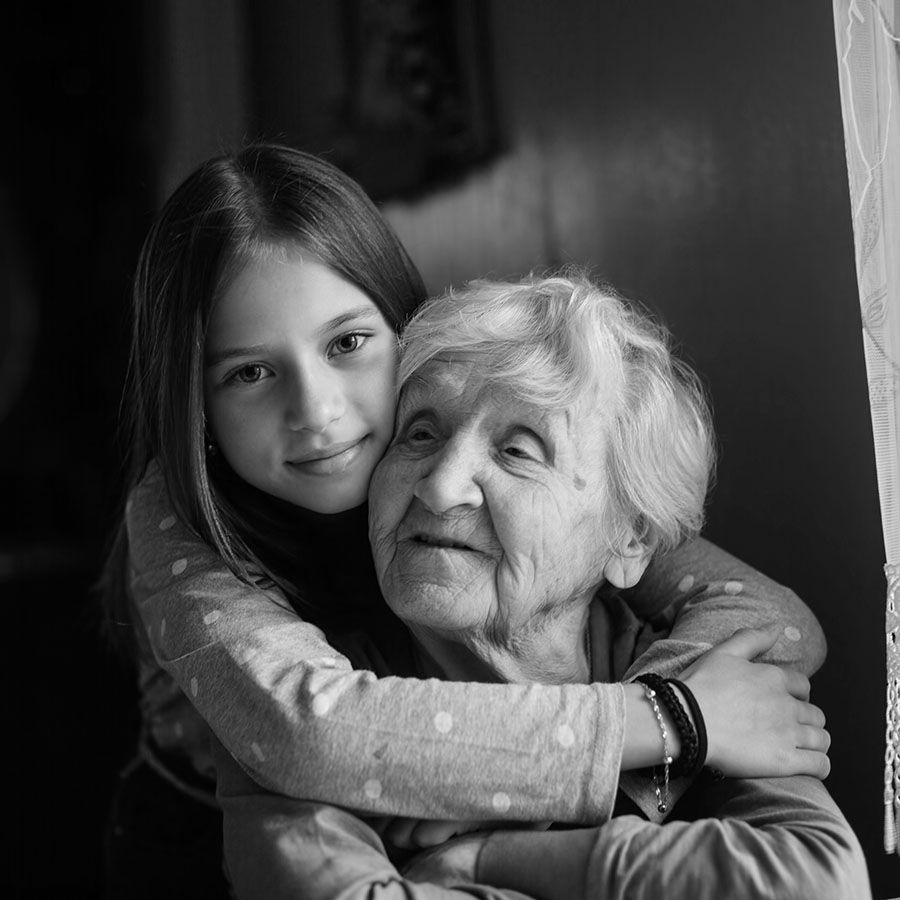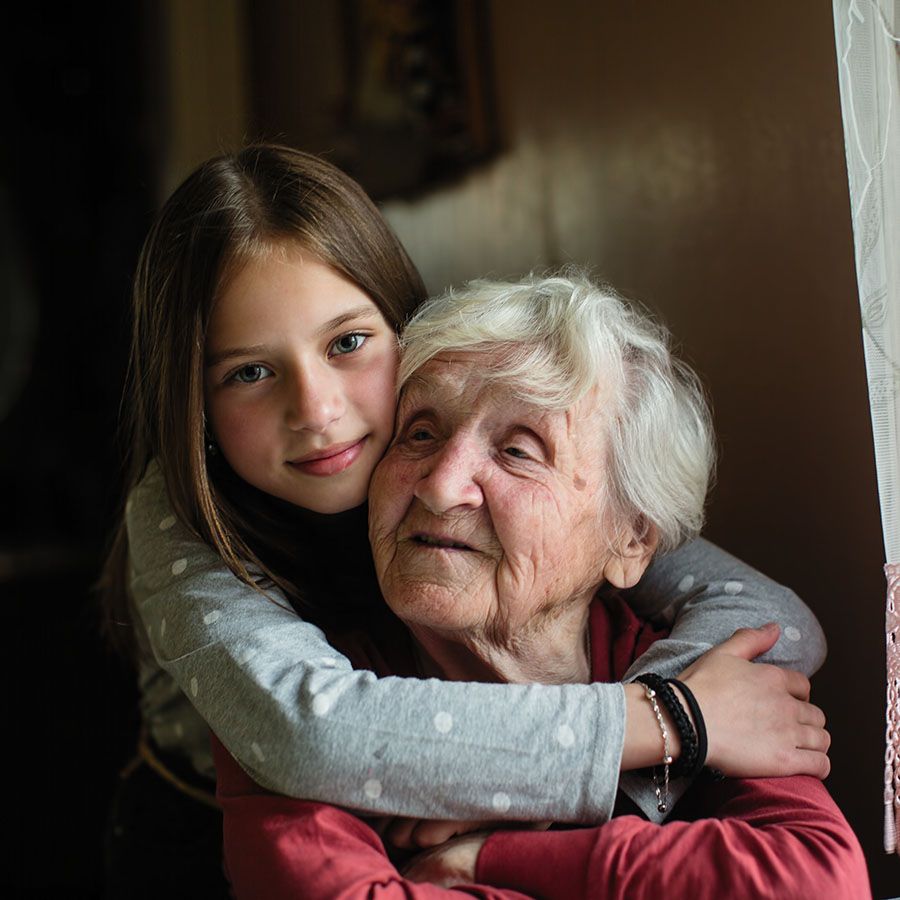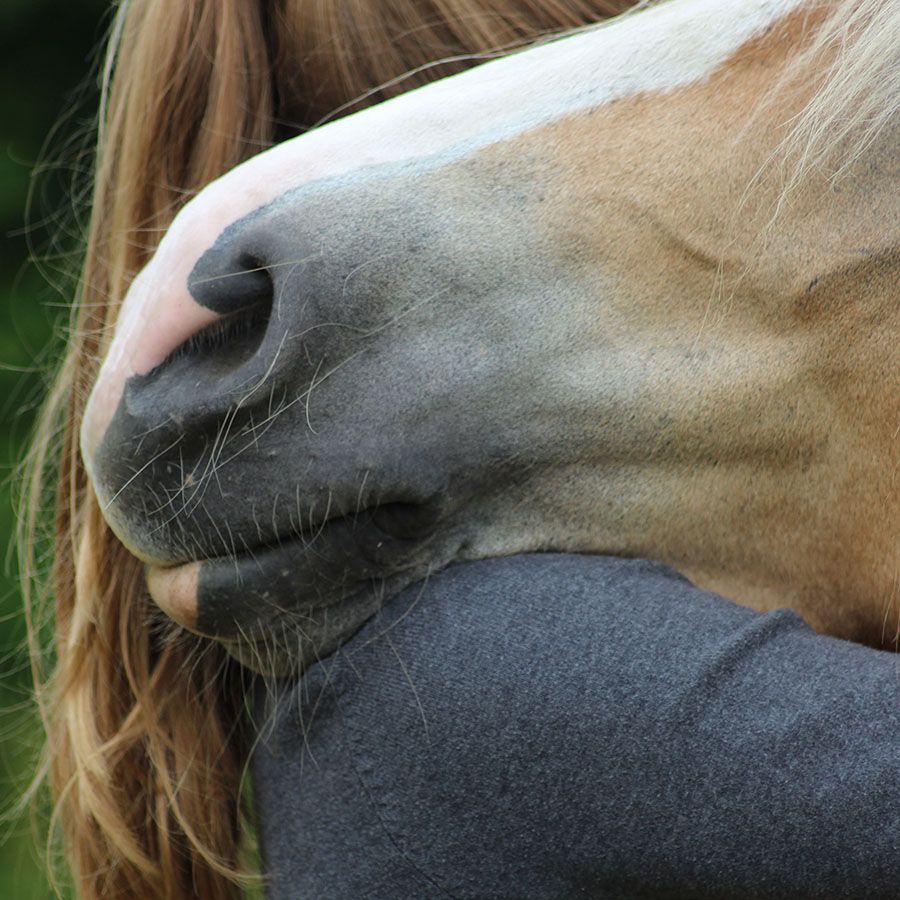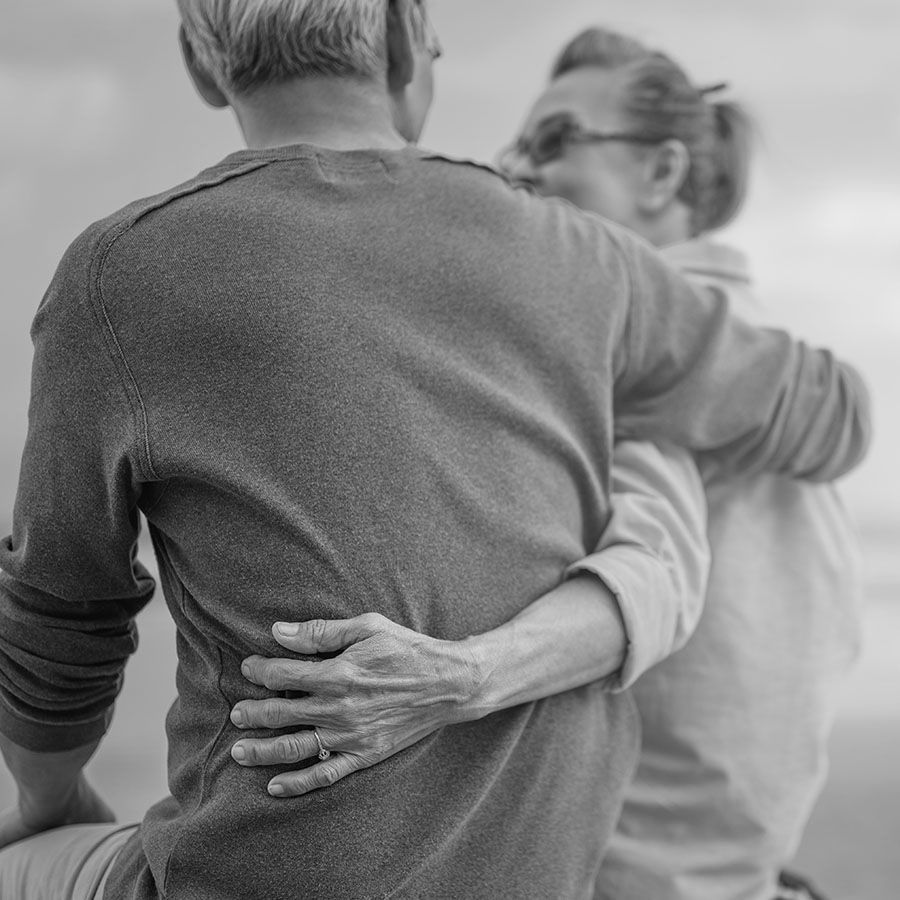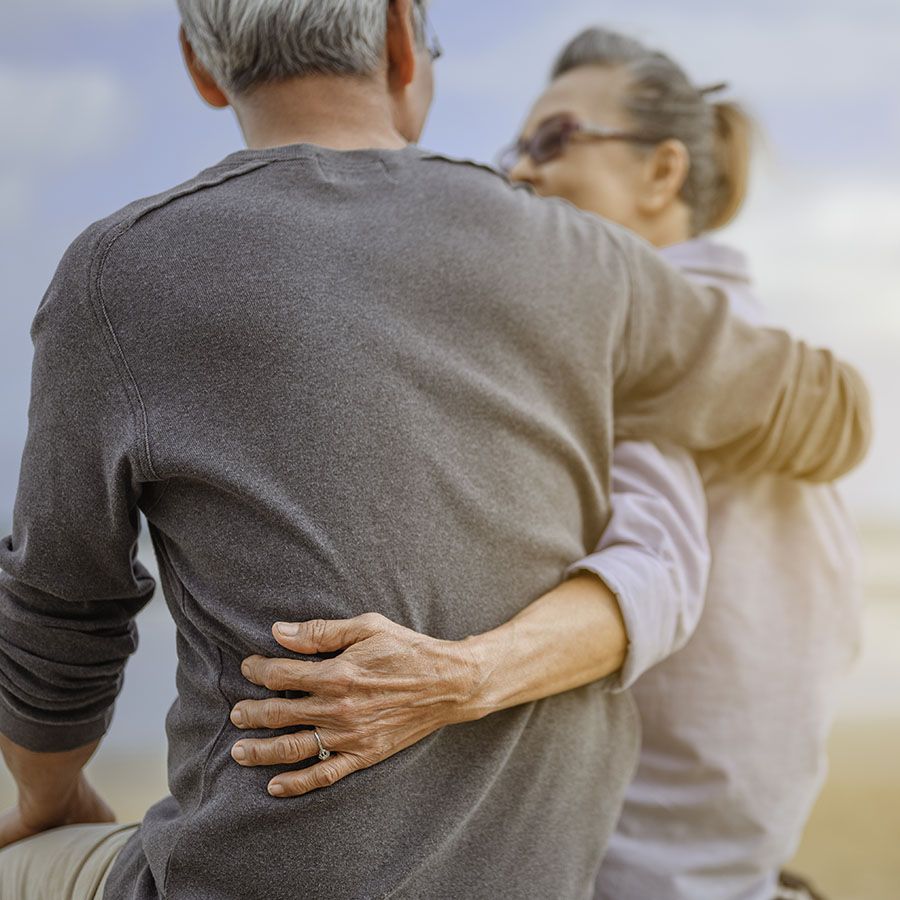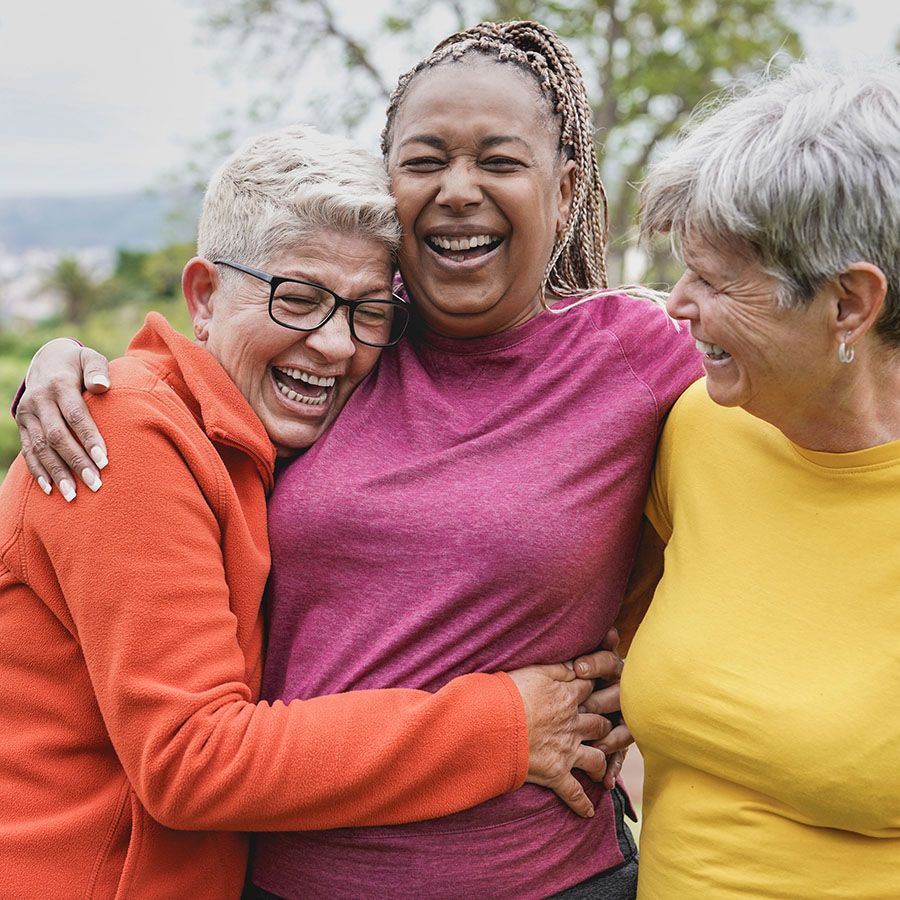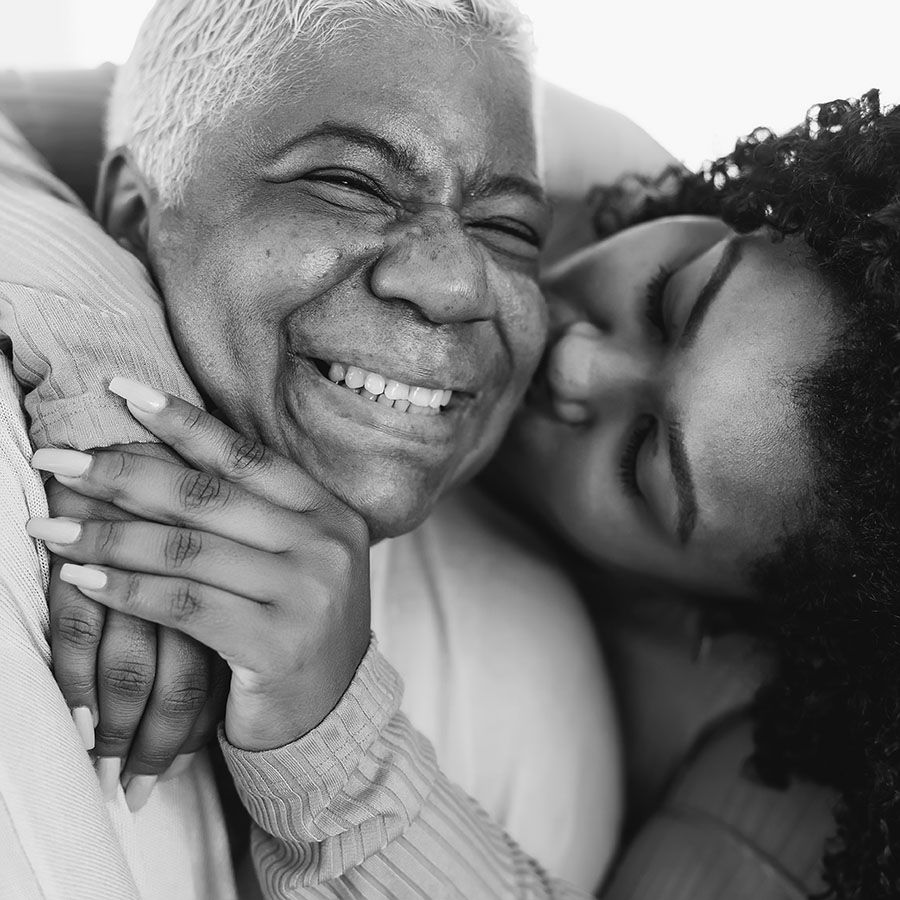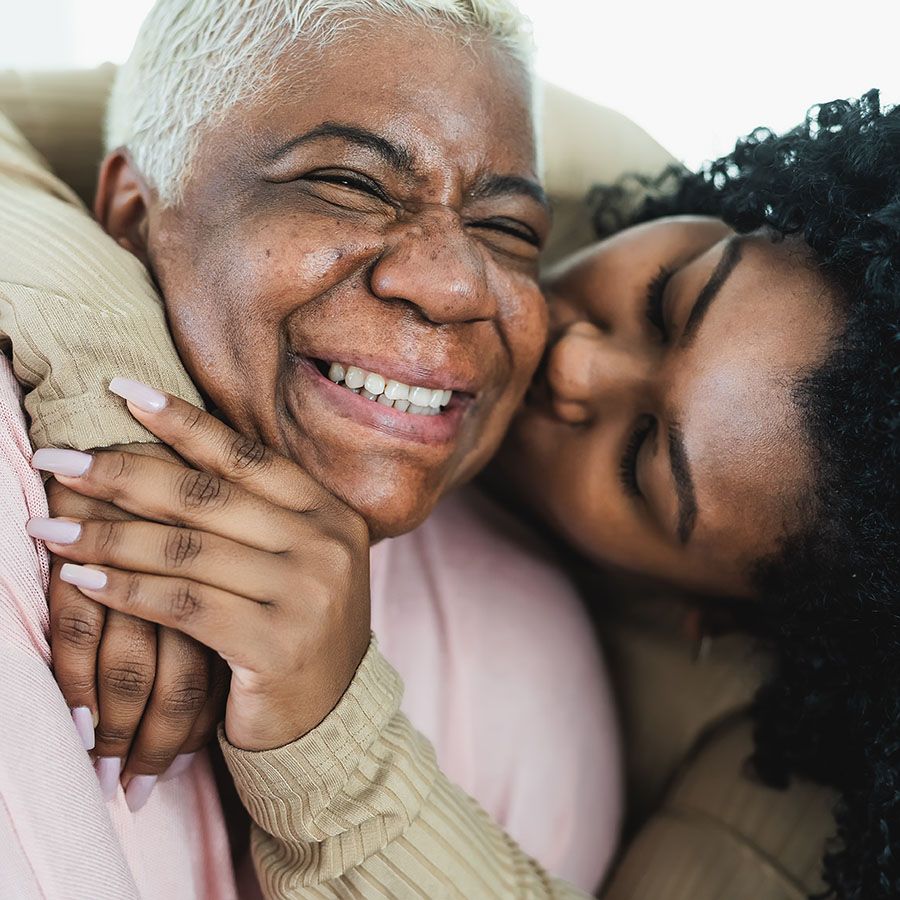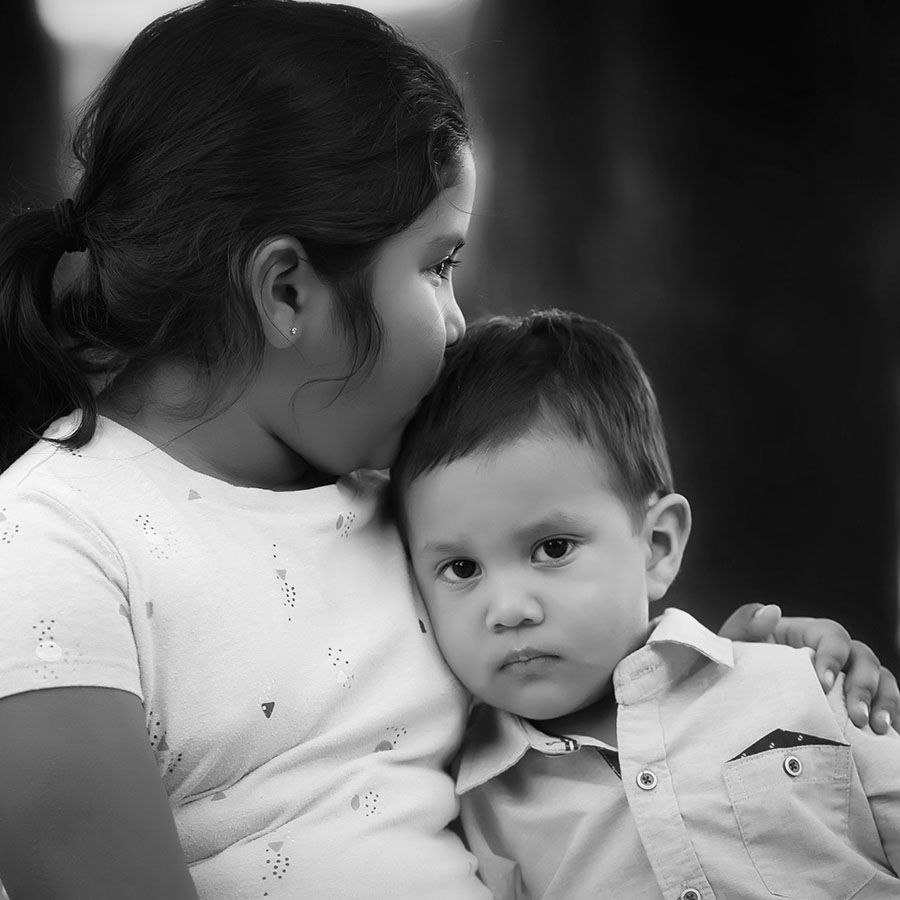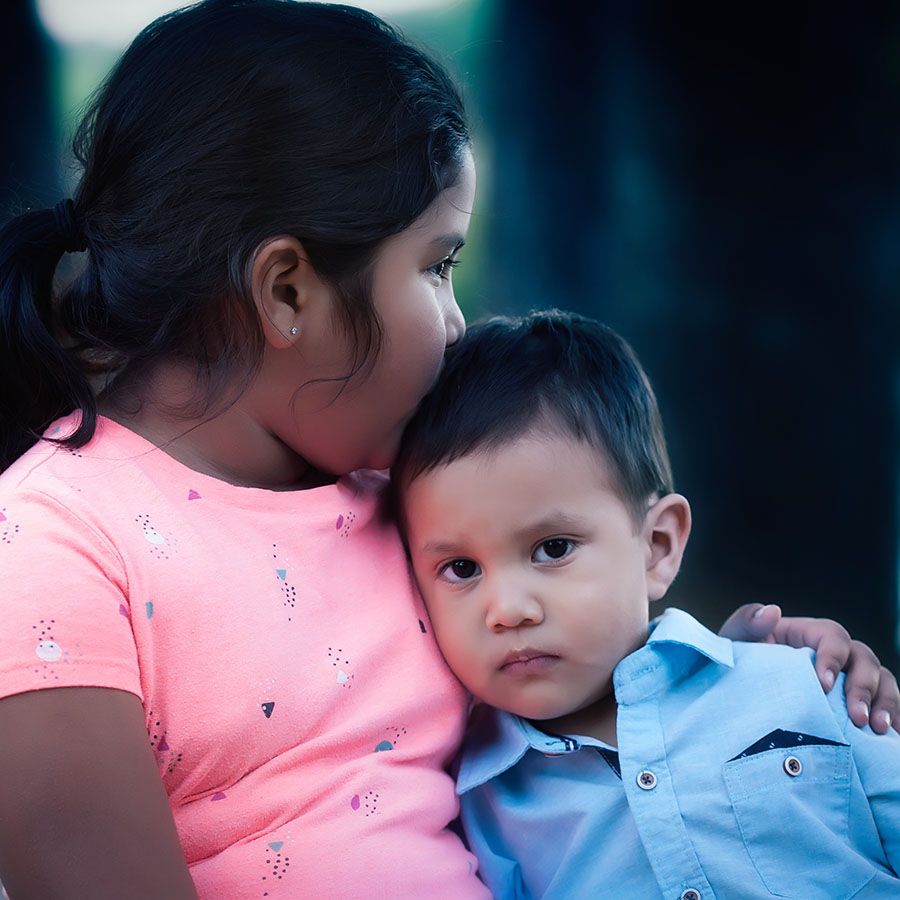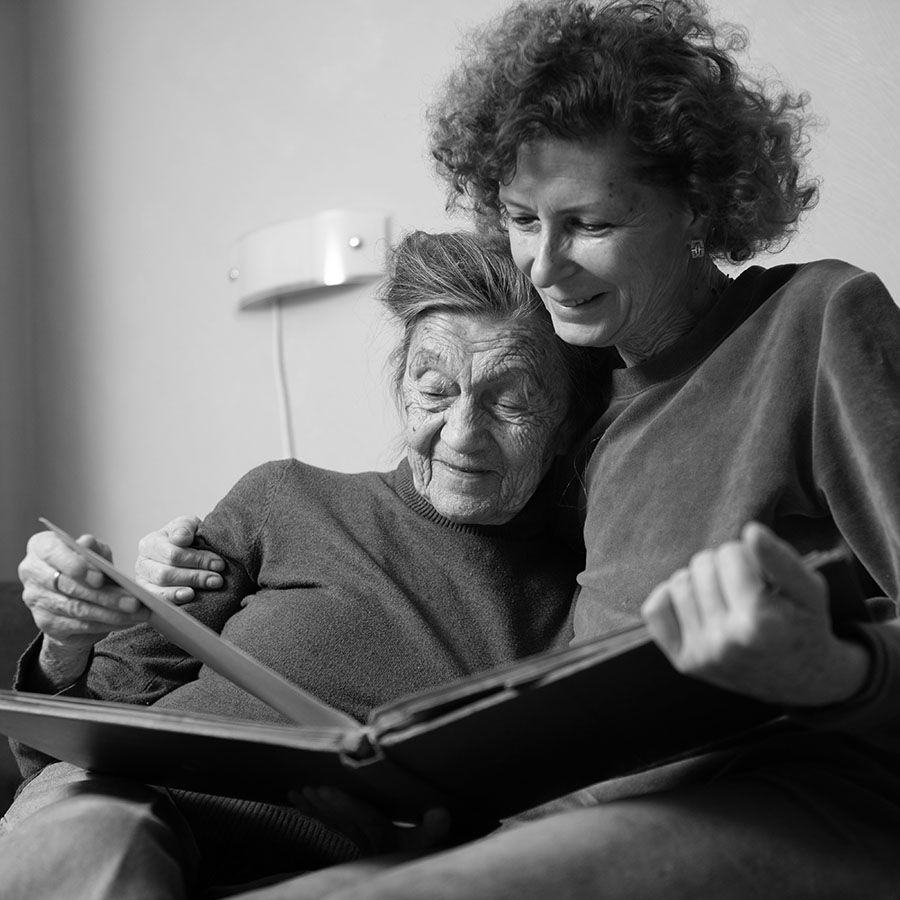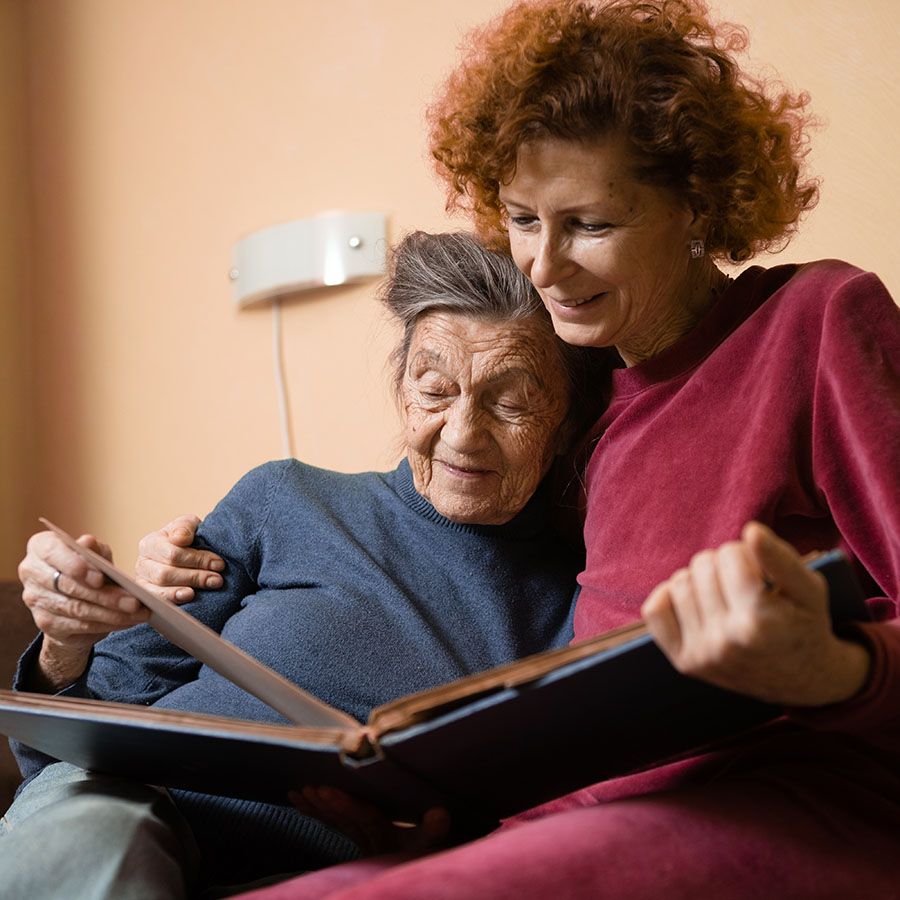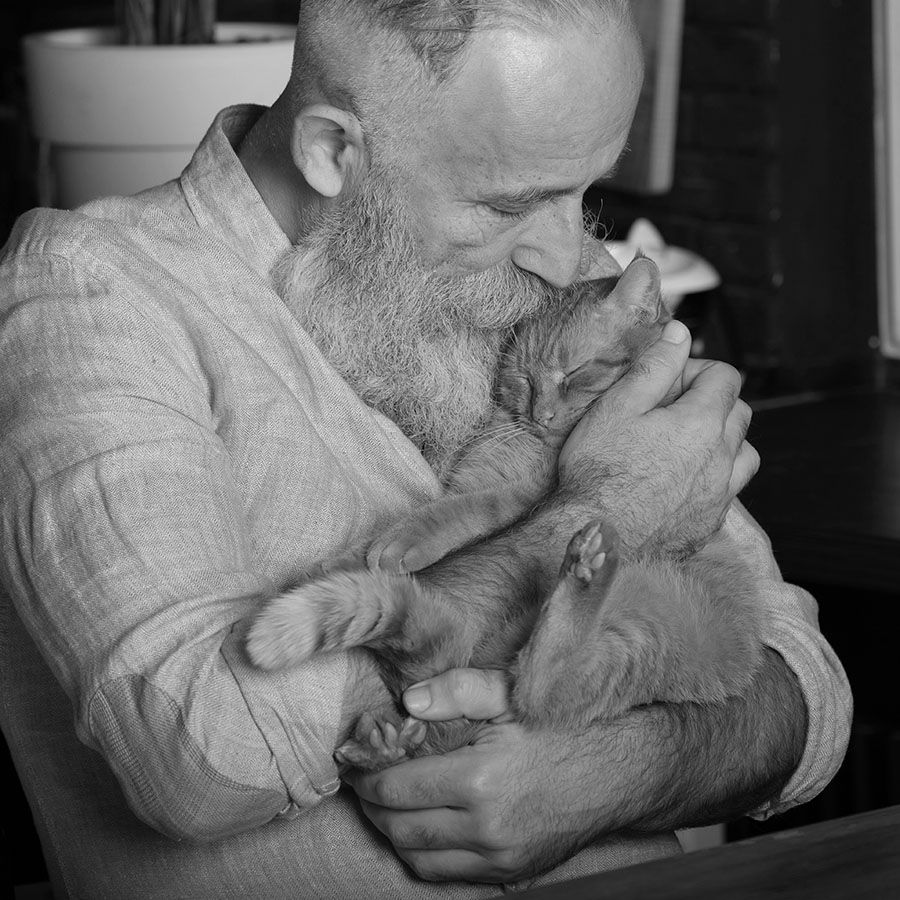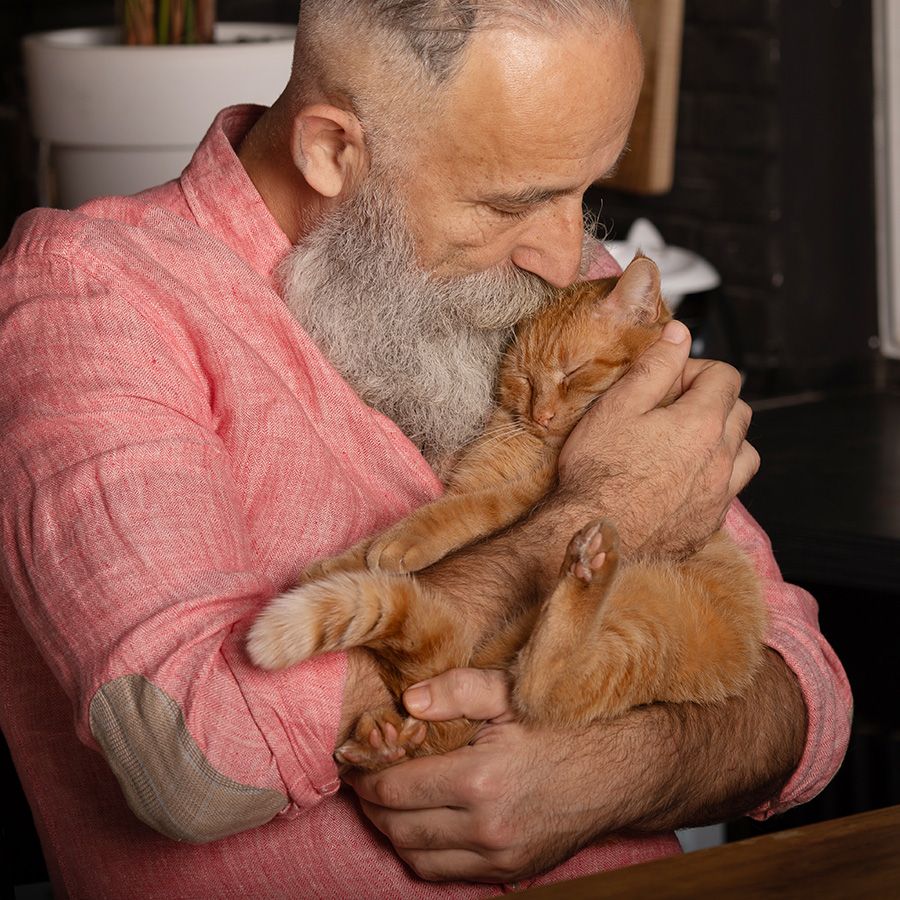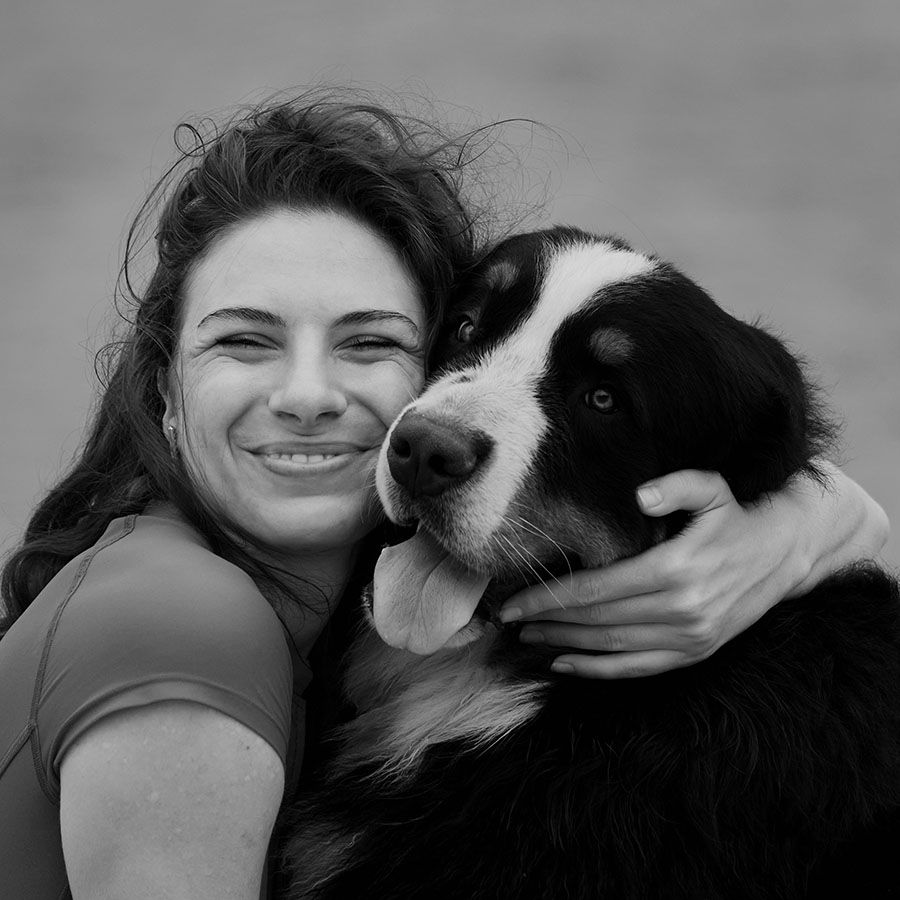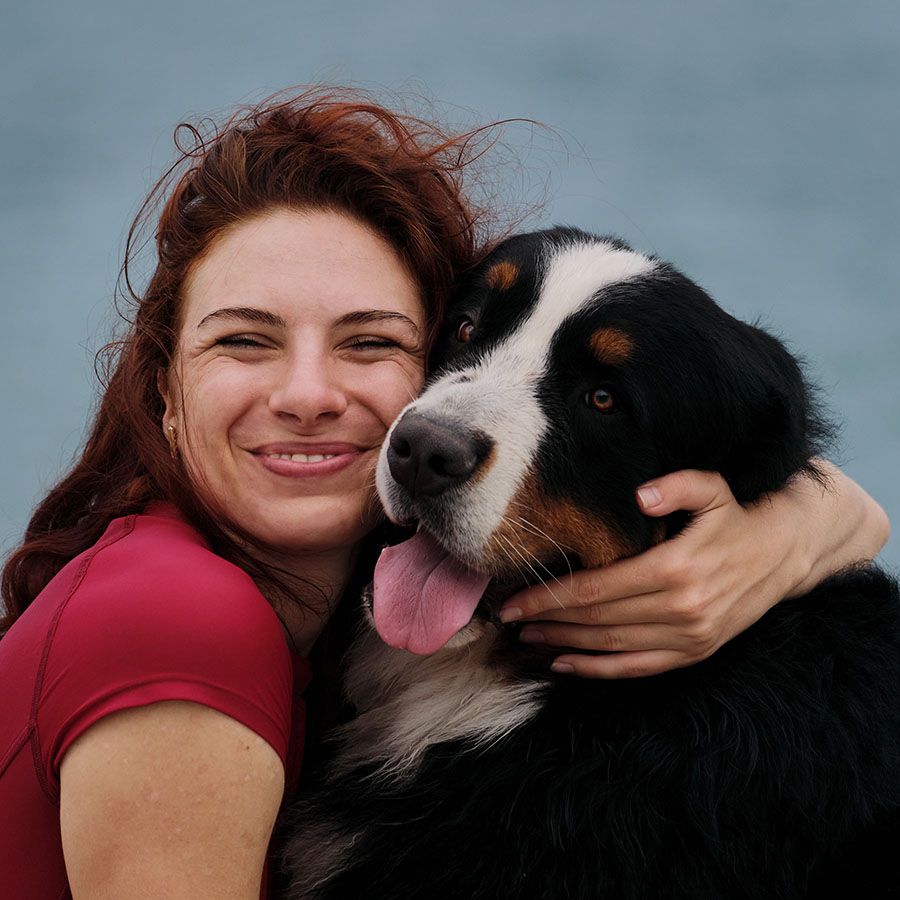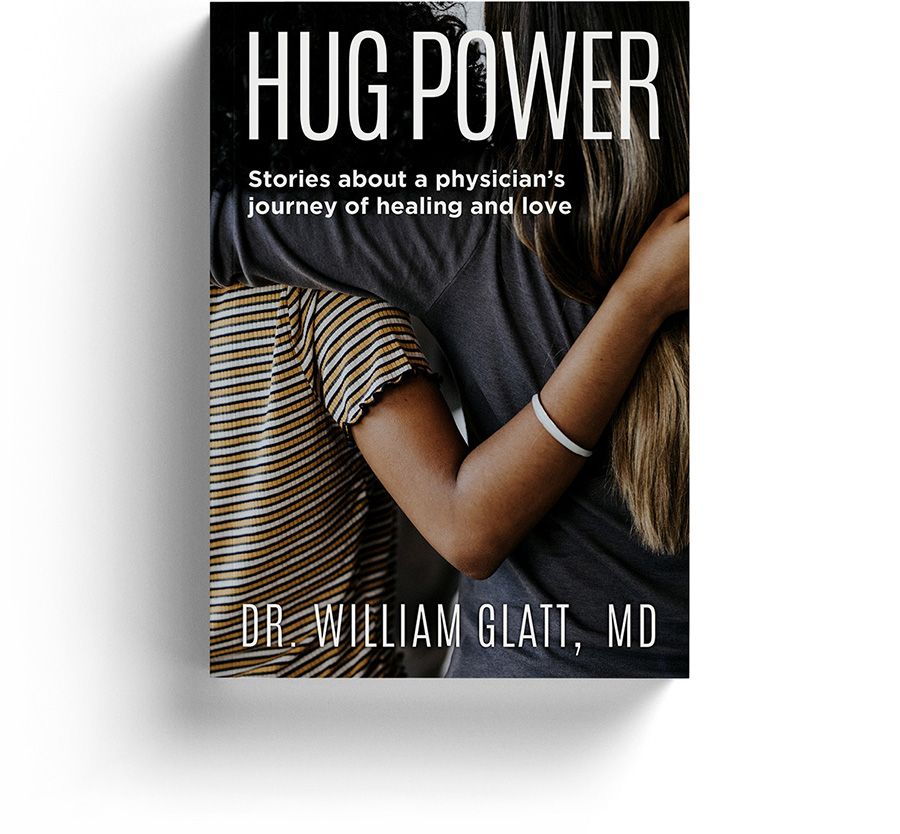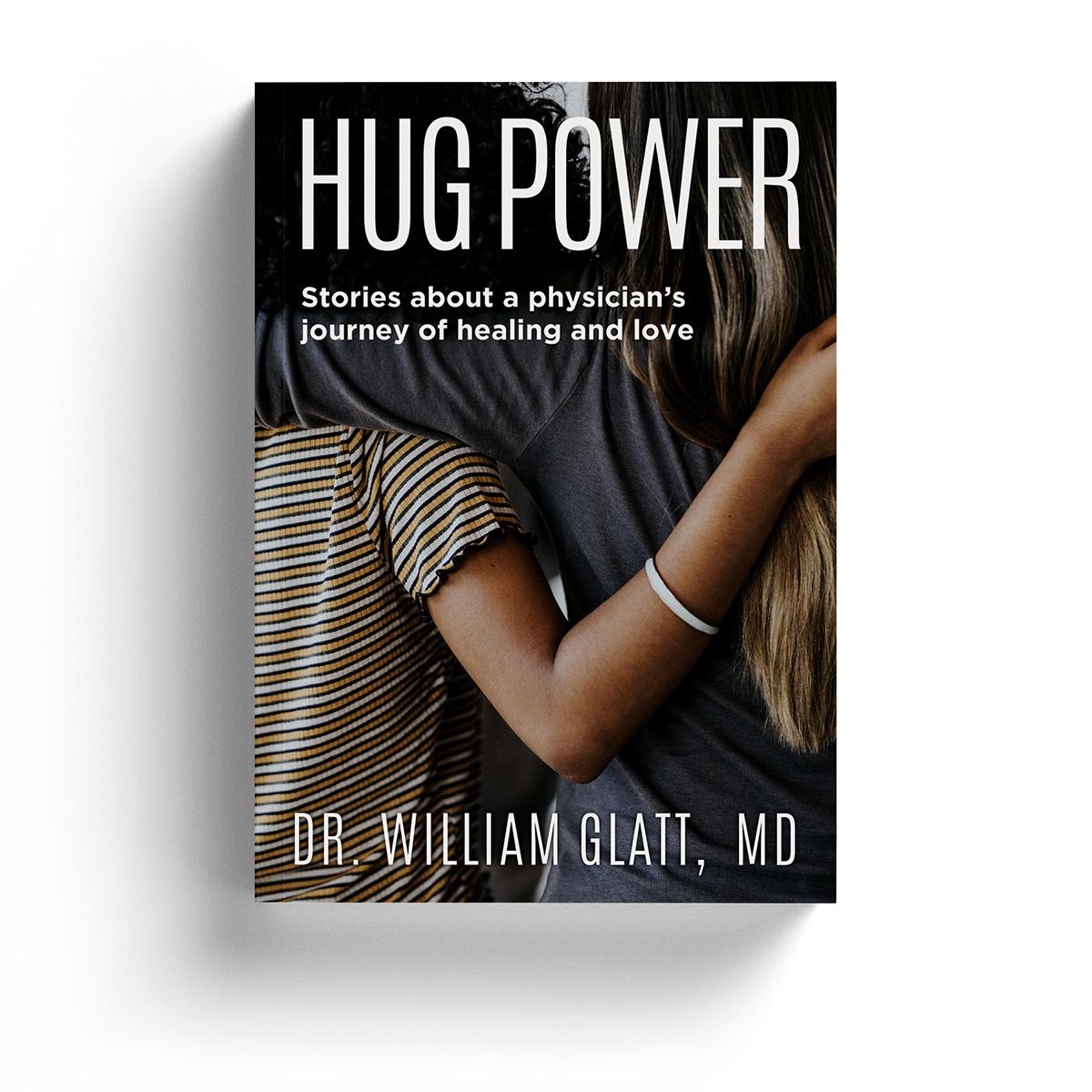
There is no billing code for hugs
I didn’t always advocate hugging, love, and compassionate listening as a way to approach patient care. I didn’t go looking to change the way I practiced medicine. But I did change, and it all can be traced back to that afternoon when a small, frantic woman begged me to send her back to a mental institution.
The day everything changed was just like any other. The morning flew by as I updated charts and saw patients. My first patient after lunch was a petite older woman with skin so pale it matched the gray floral dress that lay baggy over her frame—she had lost weight since her last appointment. She sat, a bit disheveled, hands clenched in her lap, peering up at me with a sad frown, the very picture of emotional pain.
“Dr. Glatt, you’ve got to help me. I don’t know what to do. I’m depressed again. I need to go back on Elavil. I am thinking about going back to Agnews. When I was there, I didn’t have to worry about anything.” She sat slumped, deflated.
Esther had a history of emotional illness, and had spent more than ten years in Agnews State Mental Hospital until budget revisions closed all of the state facilities. She was among many patients relocated to various residential facilities across California. Now Esther lived in a senior-citizen apartment complex near my office.
Esther’s mental health issues had not been problematic for the four years that she had been my patient. I saw her every few months; her medical problems were well-controlled, so today’s announcement came as a shock.
I helped her with her coat and continued my medical evaluation. I checked her blood pressure, heart, and lungs, and I listened intently as she talked about her emotional upsets—a general compounding of life stressors that were overwhelming her.
I was uneasy. The antidepressant that Esther wanted to go back on had many side effects, and it was an older medication no longer commonly prescribed. I was also preoccupied with the challenges of getting her back in an institutional setting now that the governor had closed most of the long-term facilities. I didn’t have an easy solution.
I don’t know how it happened, but it was if some force beyond me pulled the words out of my mouth. “Esther, you don’t need antidepressants, you need a hug!”
As if in a dream, I took her hands, helped her off the examining table and put my arms around her. She returned the hug and we held each other for what seemed like a long time.
What the heck am I doing? This is not standard care and I should not be hugging my patients, I thought. We are trained to keep a safe distance as part of the doctor-patient relationship and this was deeply ingrained. Touching and hugging were not encouraged.
Yet here I was. When I let go and stepped back, she was glowing. Her posture had improved, her eyes were opened wide and she was smiling from ear to ear. I had never seen her with a smile before. Both of us were astounded by the rapid change in her total affect, body posture, and demeanor.
Never had I seen such dramatic results with someone who moments before had seemed so severely depressed. Questions raced through my mind. Was she really depressed? Does she just need some loving and caring? Why did I tell her she needed a hug? How can Esther get more hugs living in an efficiency apartment at a senior complex? What am I going to do for an encore?
The next thing I knew, words were coming out of my mouth. “Esther, I want you to come into the office every afternoon that I am here, for a great big hug. I think we can avoid the medication and just use this new treatment to handle your depression.”
Esther laughed. “Are you serious, Dr. Glatt?”
“I’m serious,” I said. As I walked her out to the reception area, I came up with a plan. “Just call first, to make sure I’m in the office, then come over. Tell my staff you are there for your hug. Alright, Esther?”
“Yes, thank you, Dr. Glatt. Oh, thank you!” Esther walked out, still smiling, her shoulders relaxed and straight under her heavy coat.
After she left I followed up with my staff. There is no code for billing Medicare for hugs, so I decided to make this free. “We’ll fit her in between my other patients.” Confused but smiling, they agreed.
It went against everything I had been taught as a medical student, yet hugging had obviously done something positive, with immediate results. It sounded nice to be able to increase brain serotonin levels in people who are depressed, but I wondered if that was too limiting. If one hug works with depression, what else can this sort of caring do? I started to expand my thinking—going to workshops, reading books—hungry to understand how this discovery could impact larger areas of medicine.
This journey and my subsequent discoveries form the stories that fill this book.
Watch Dr. Glatt tell some of these stories during his presentation for The Nocturnists at the Verdi club in 2018.
